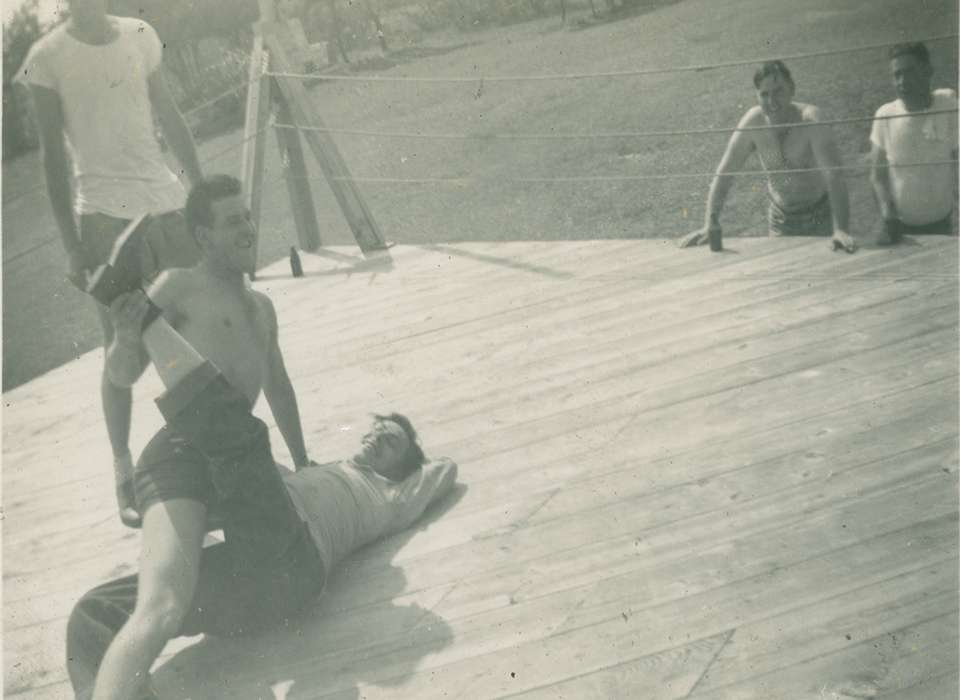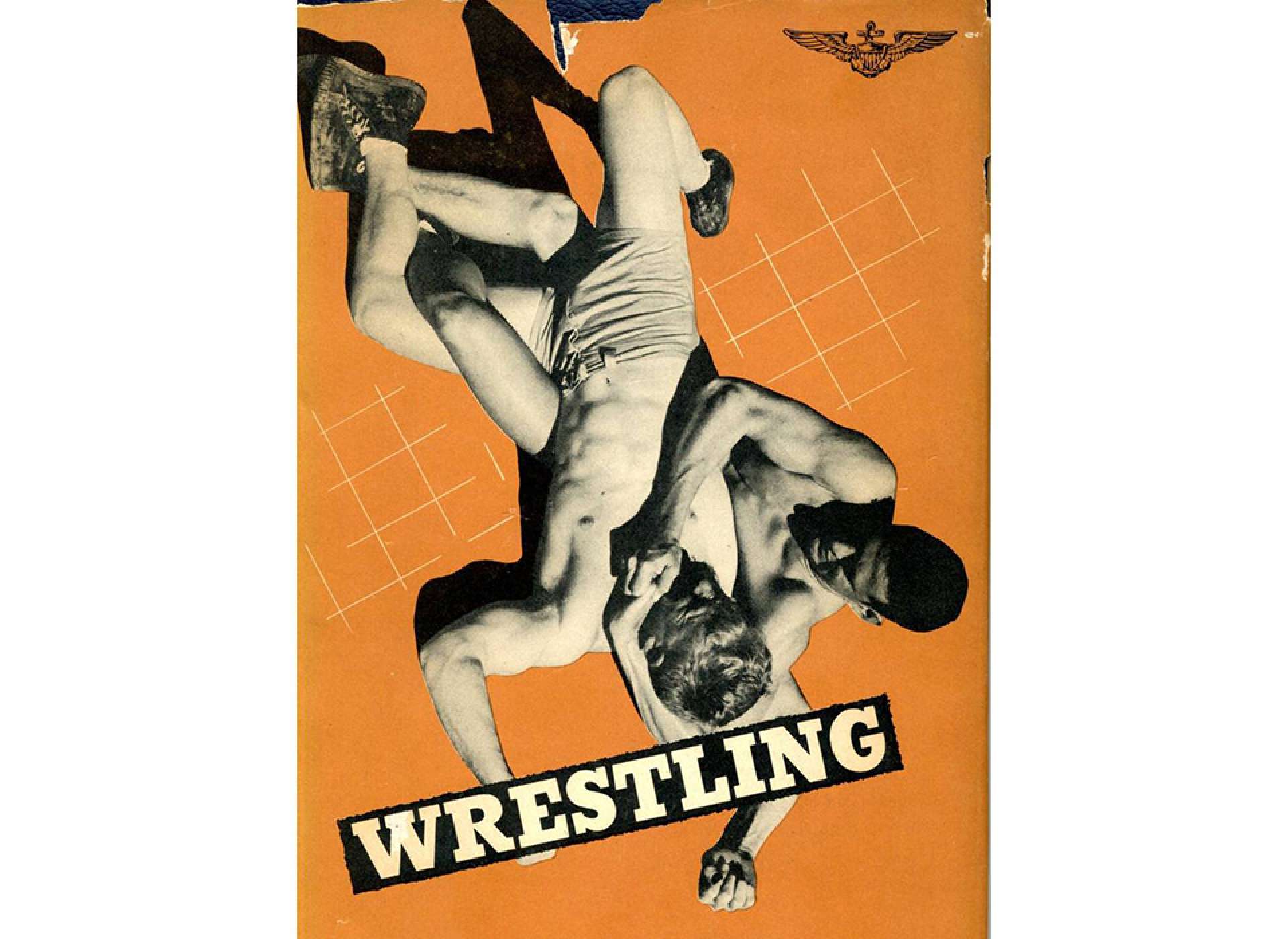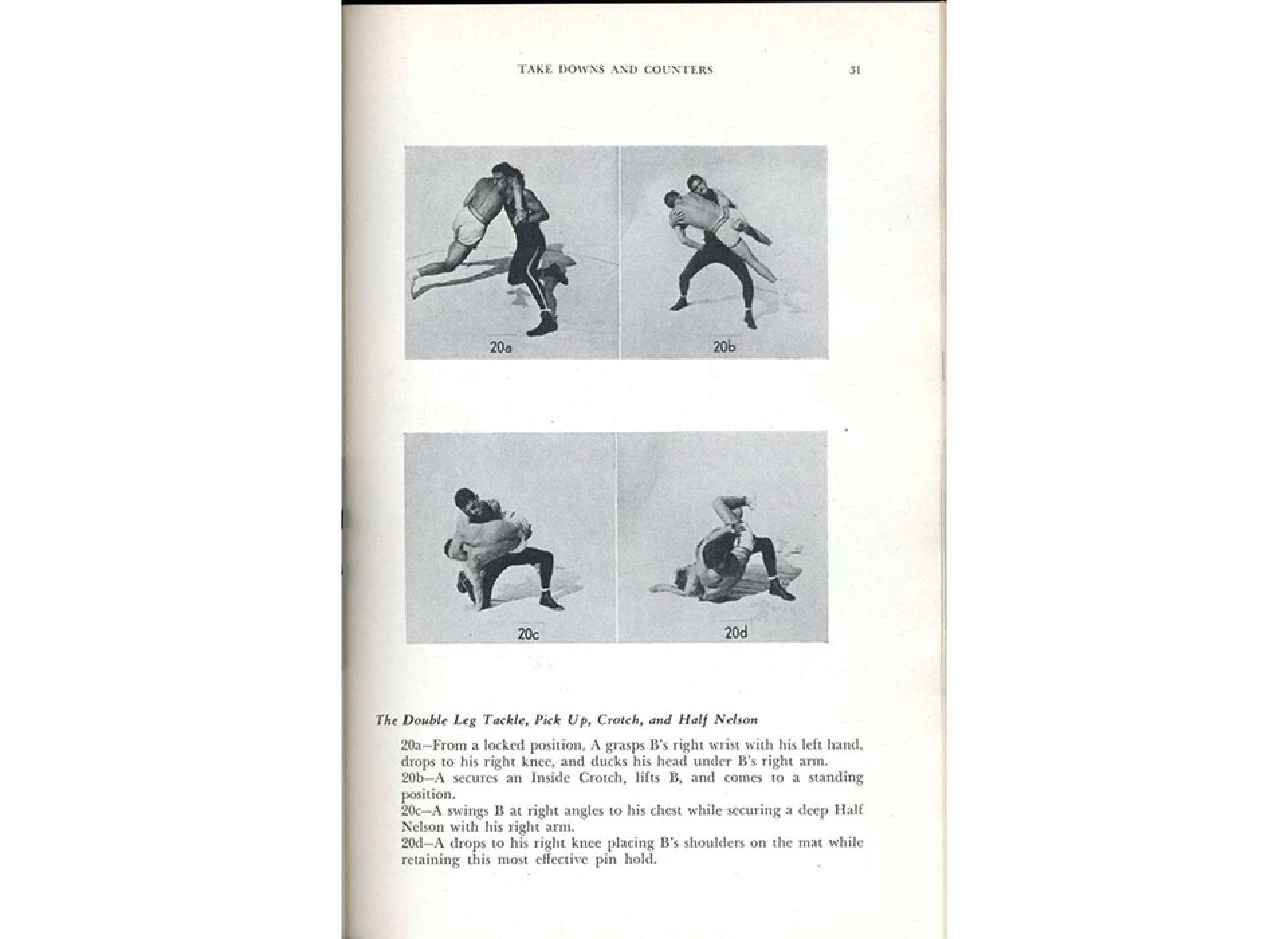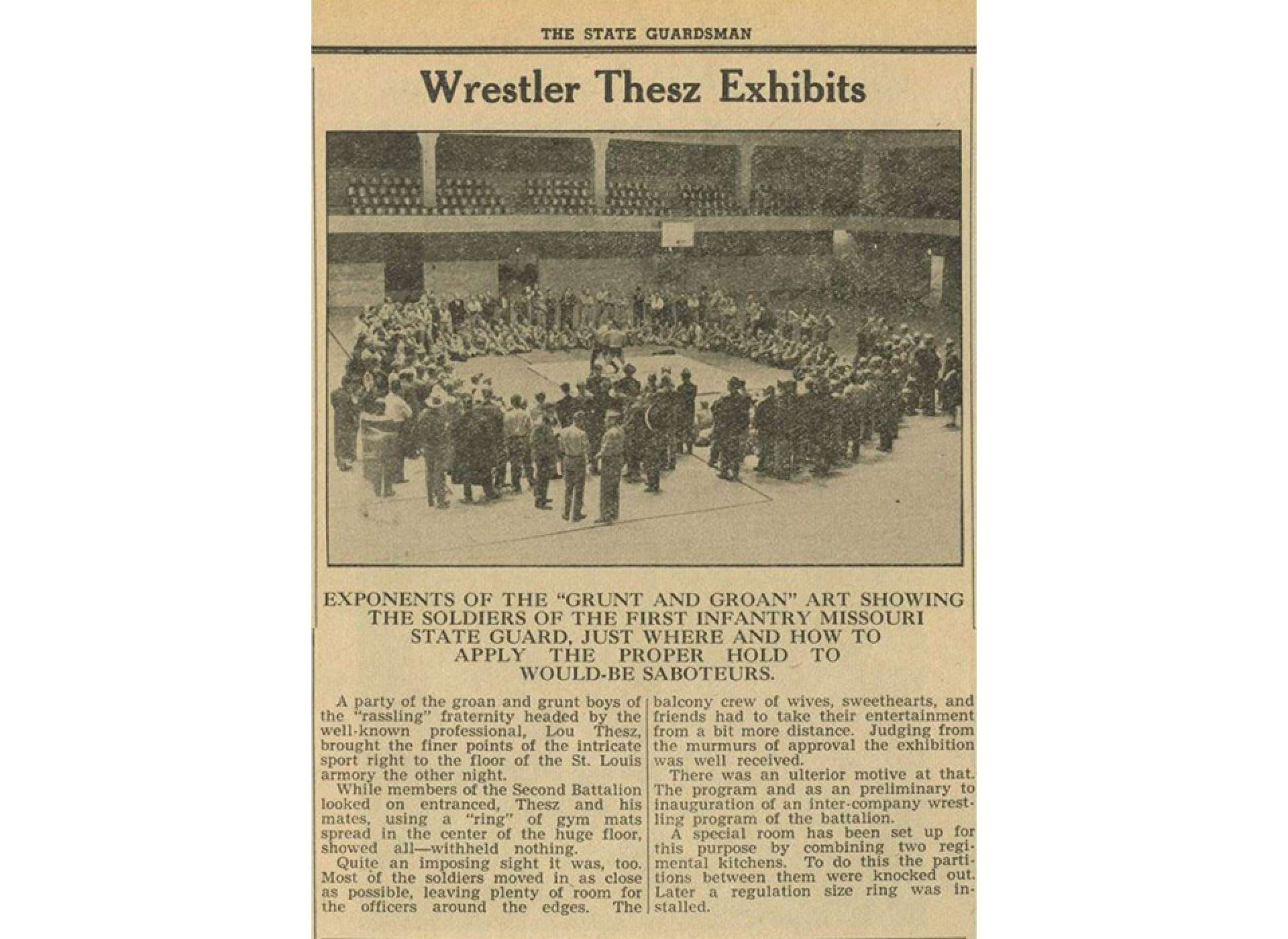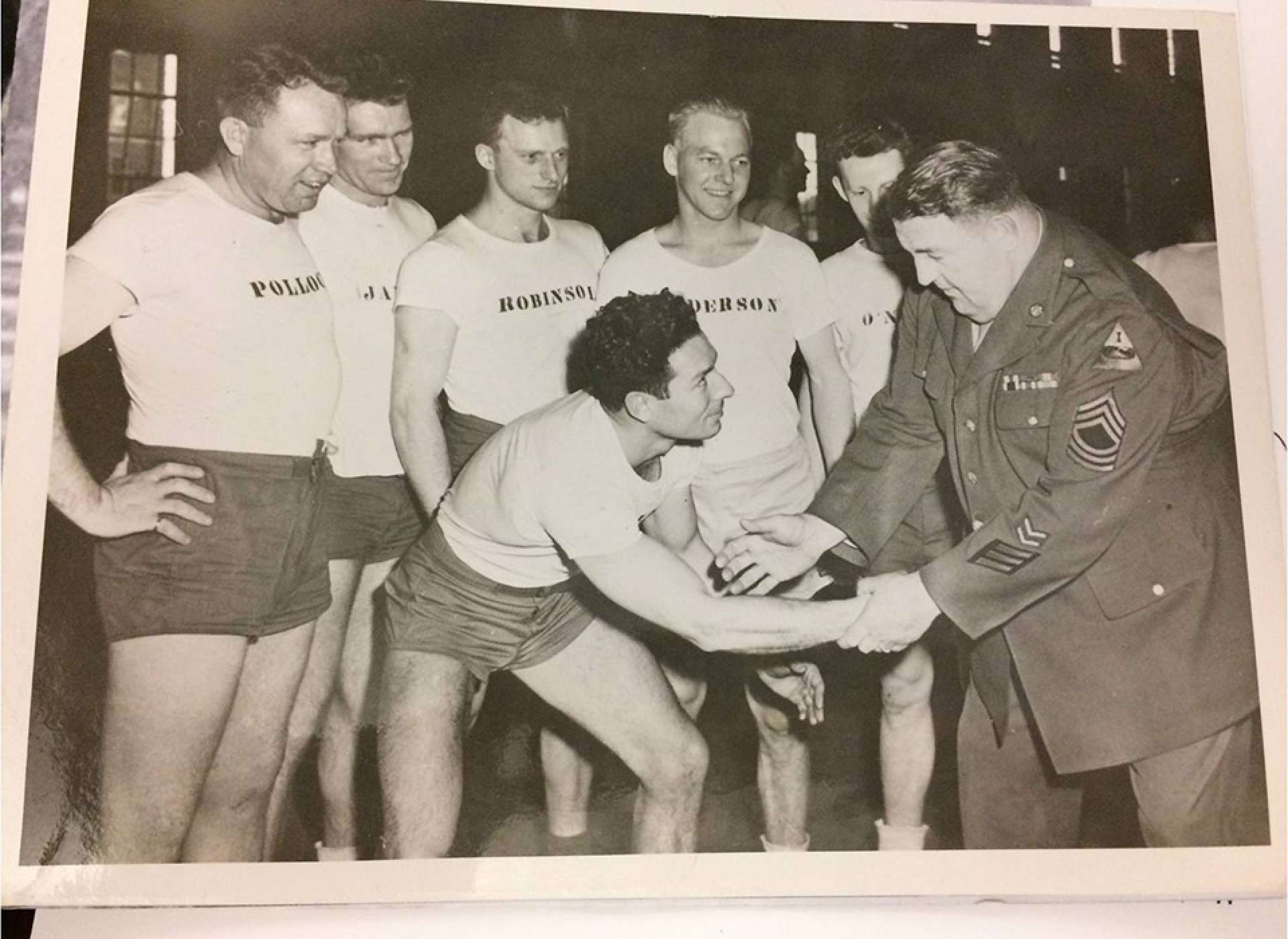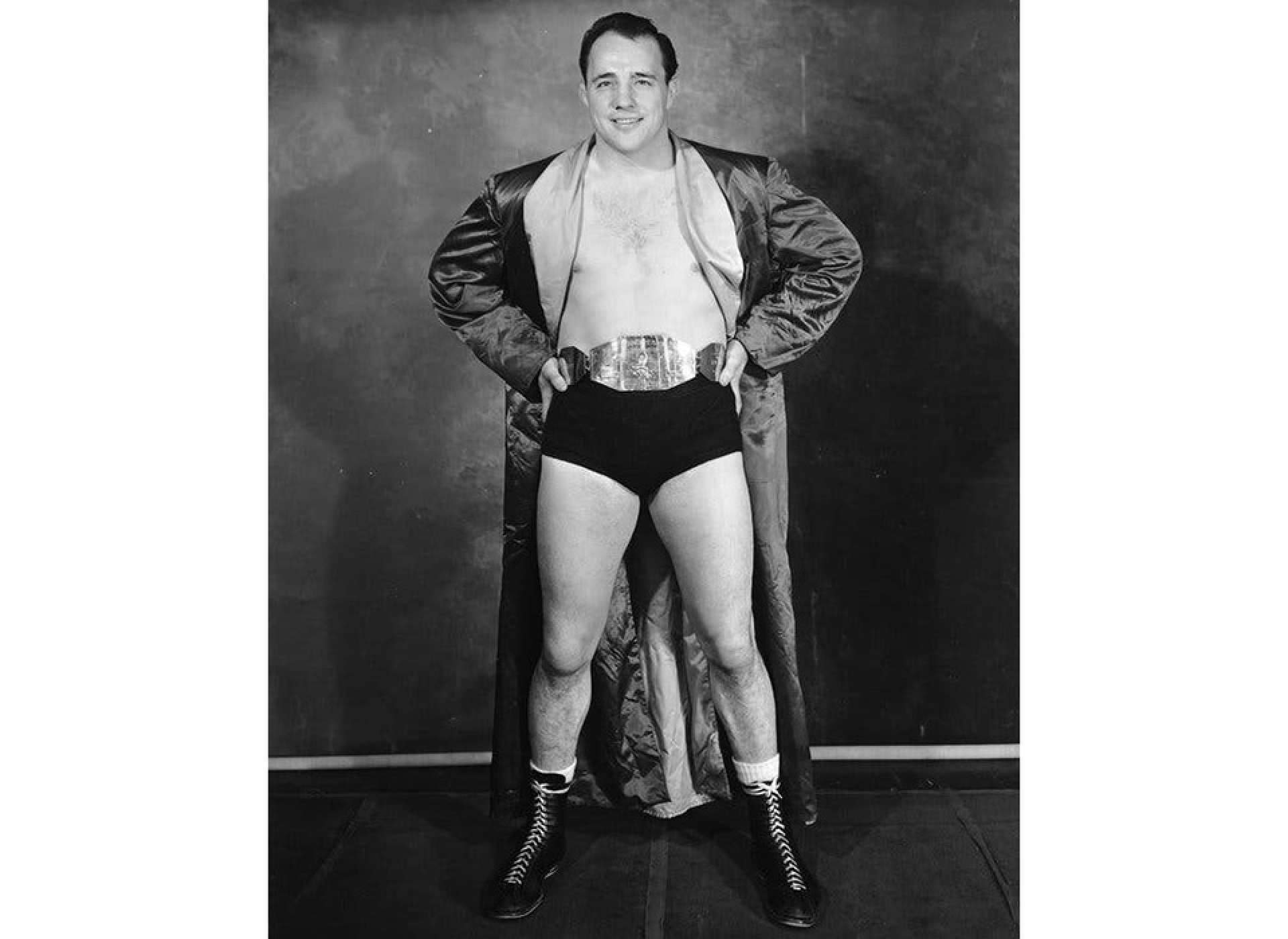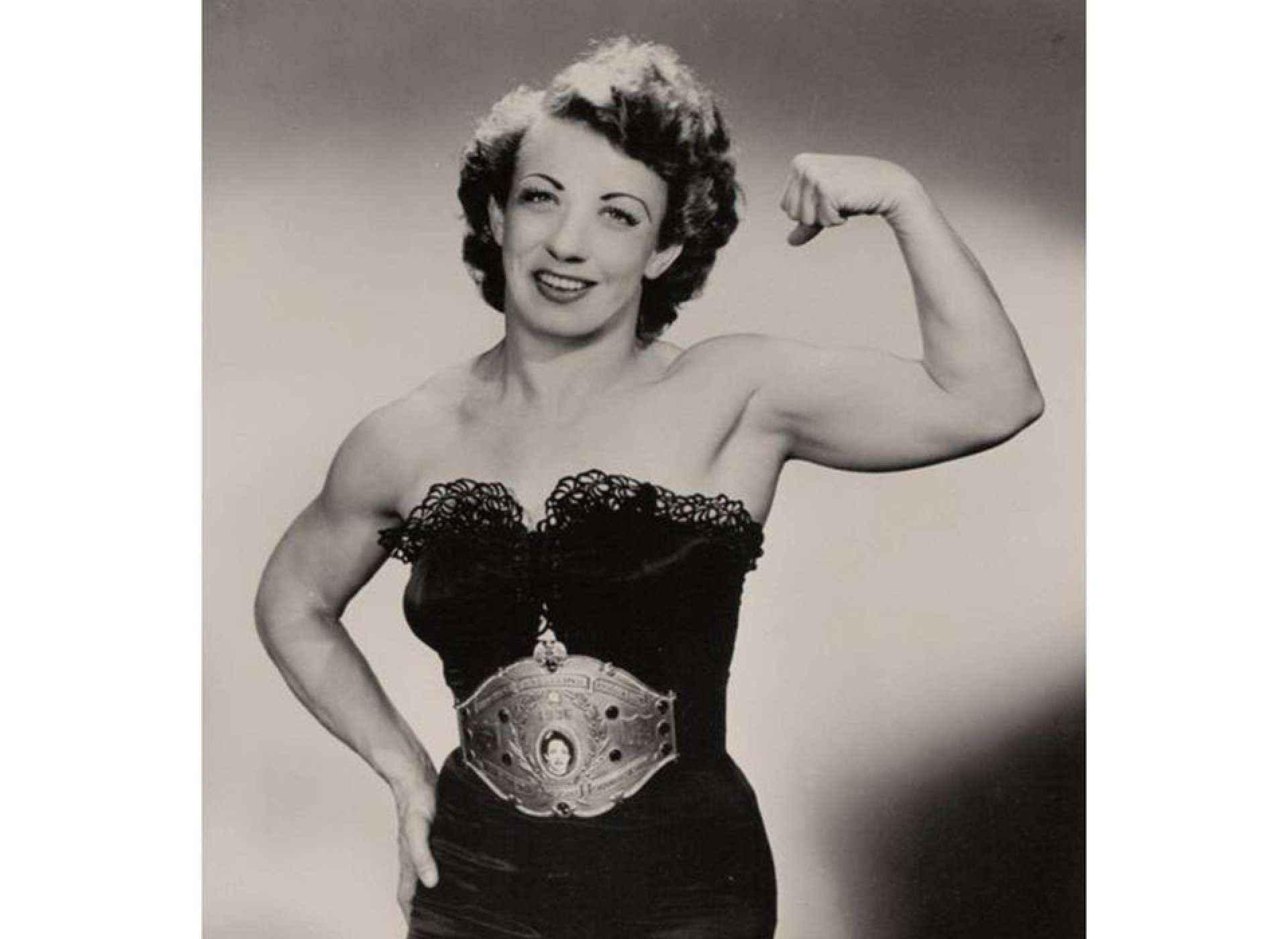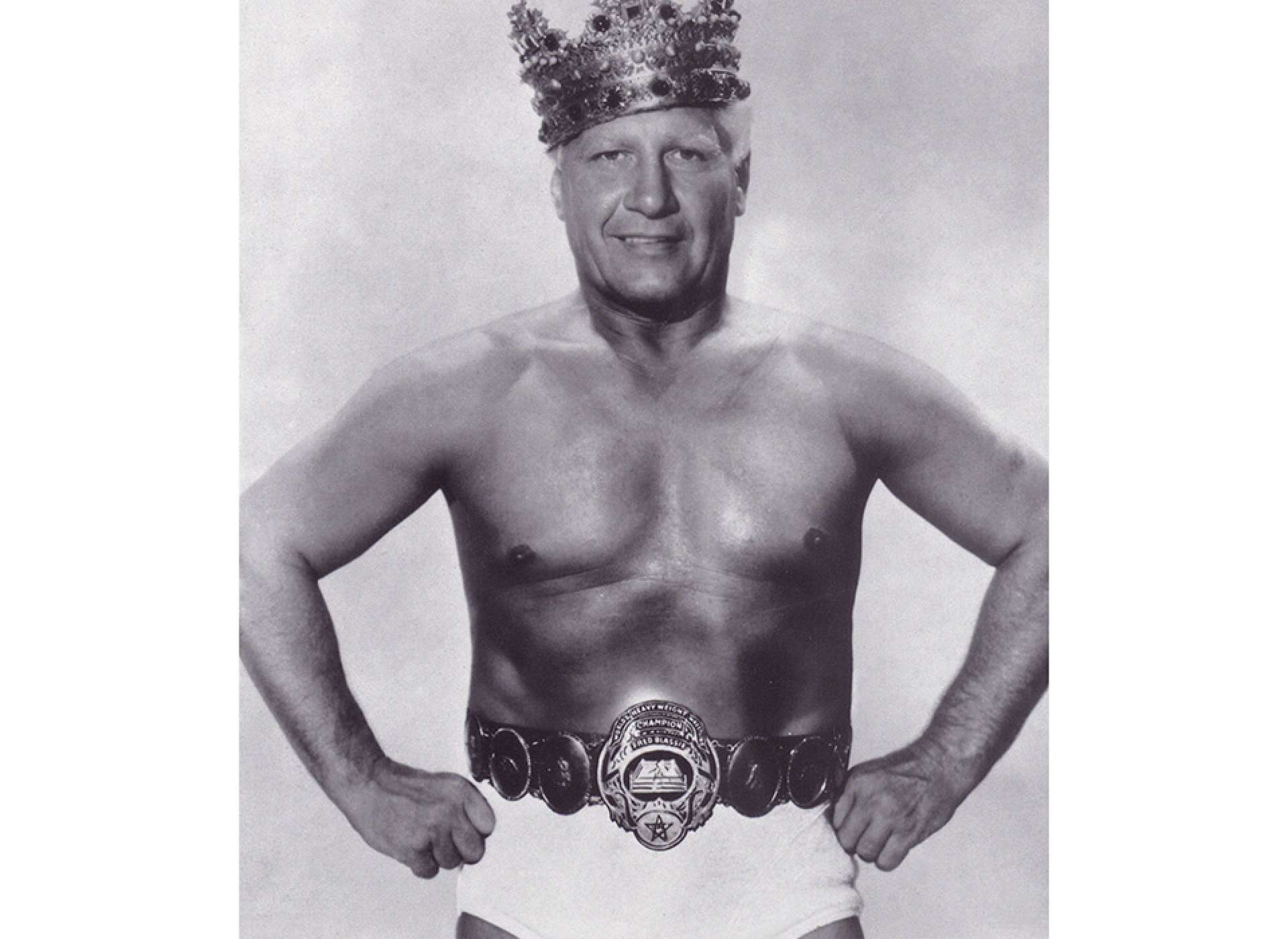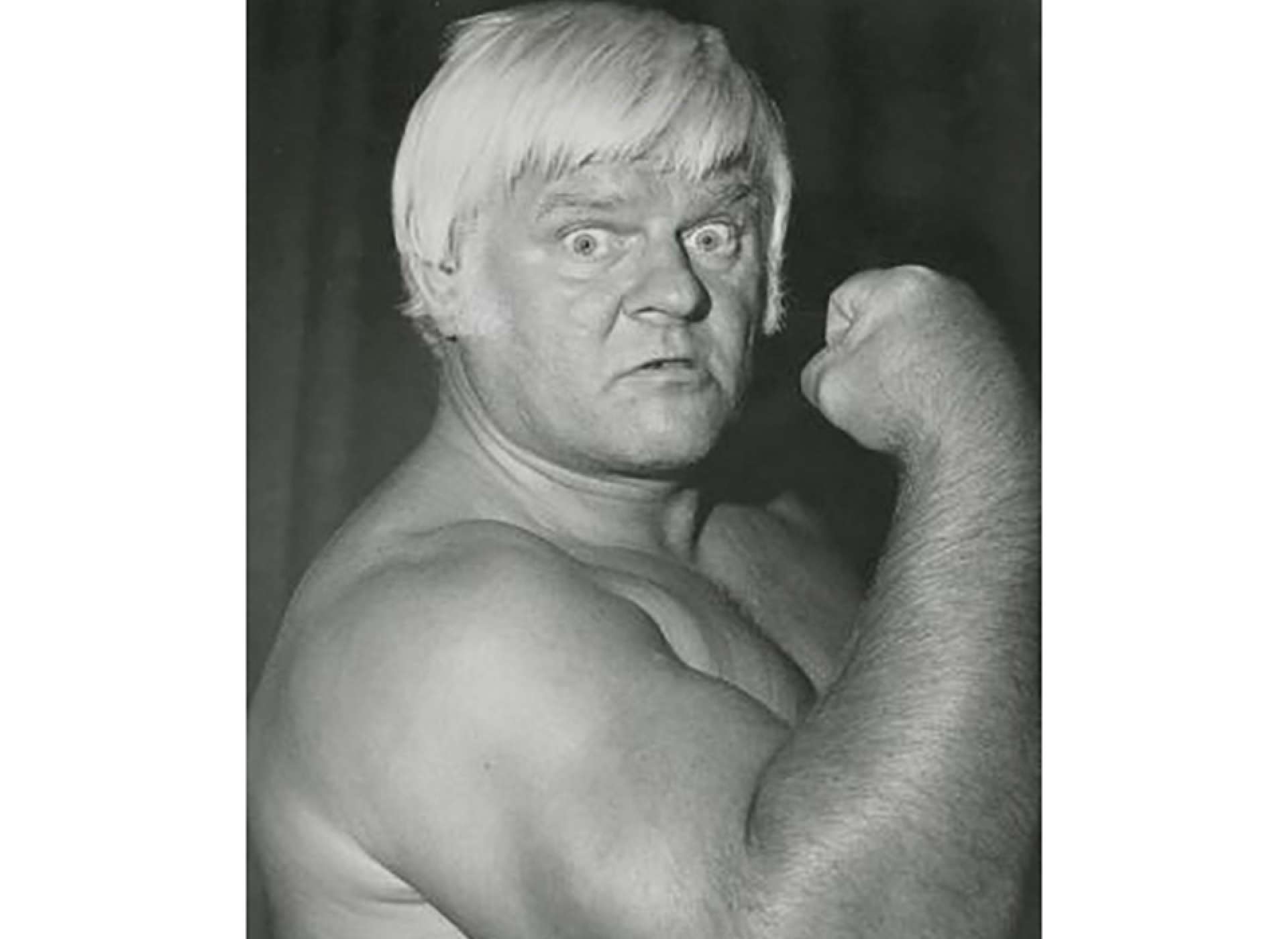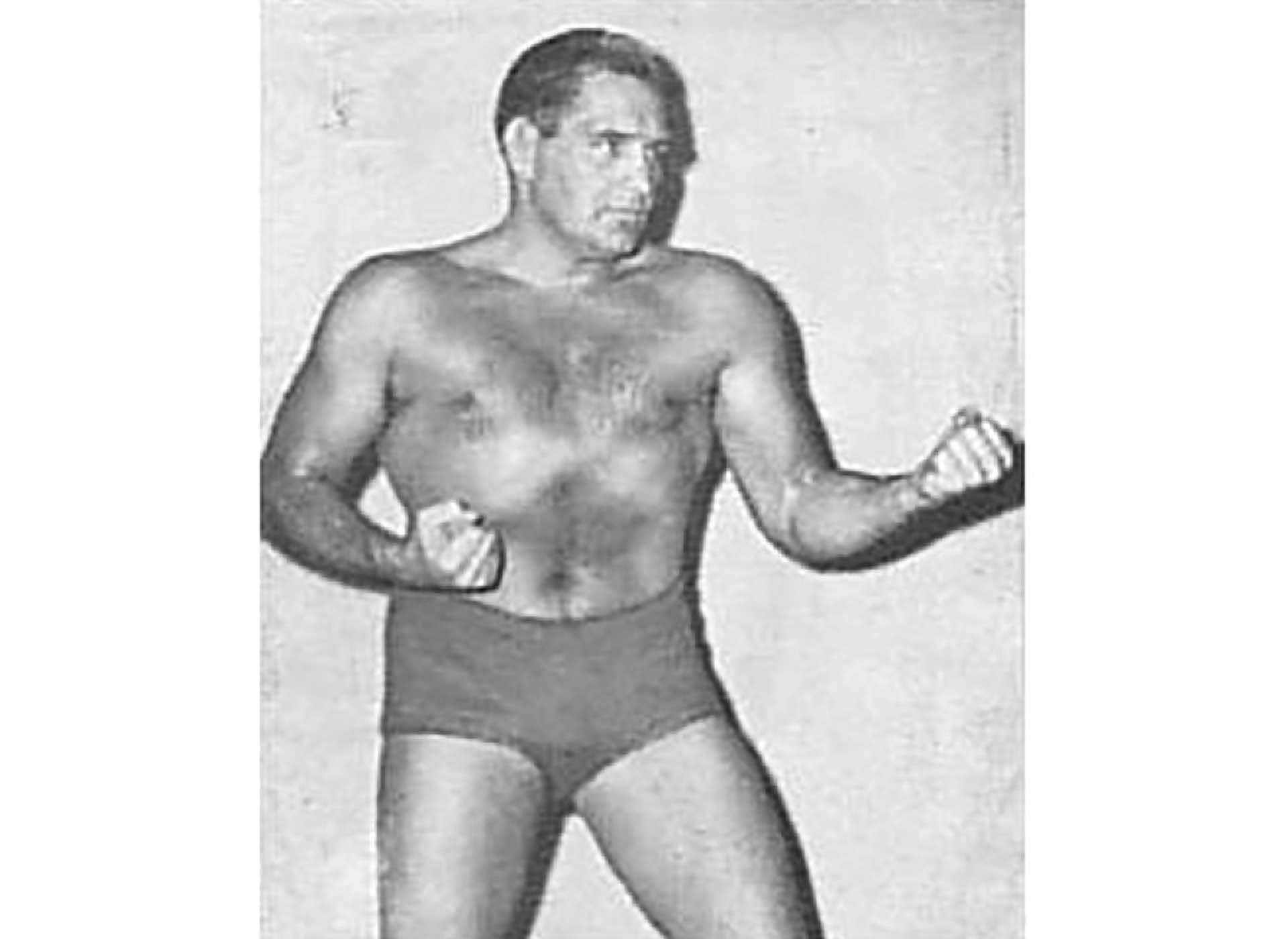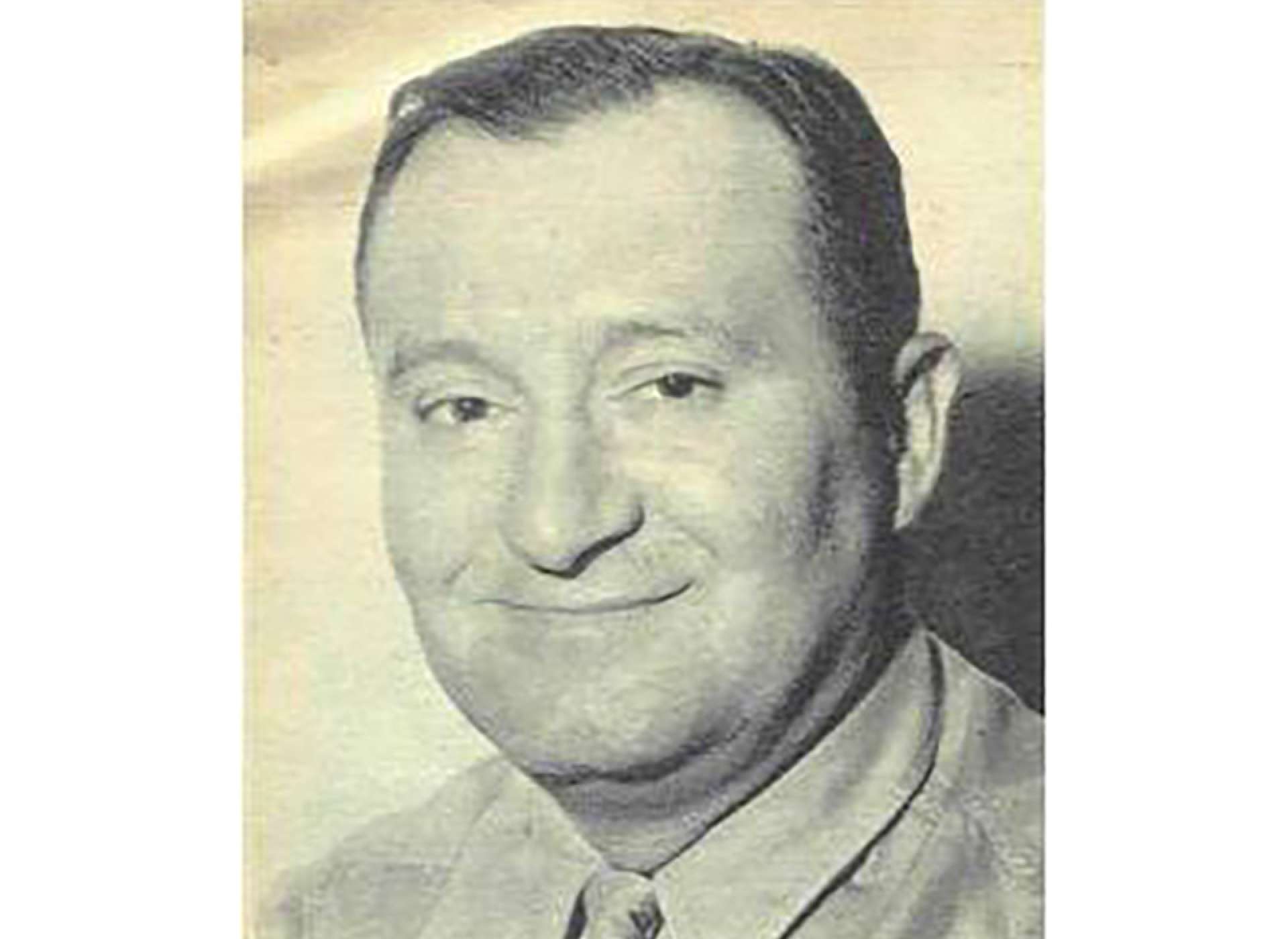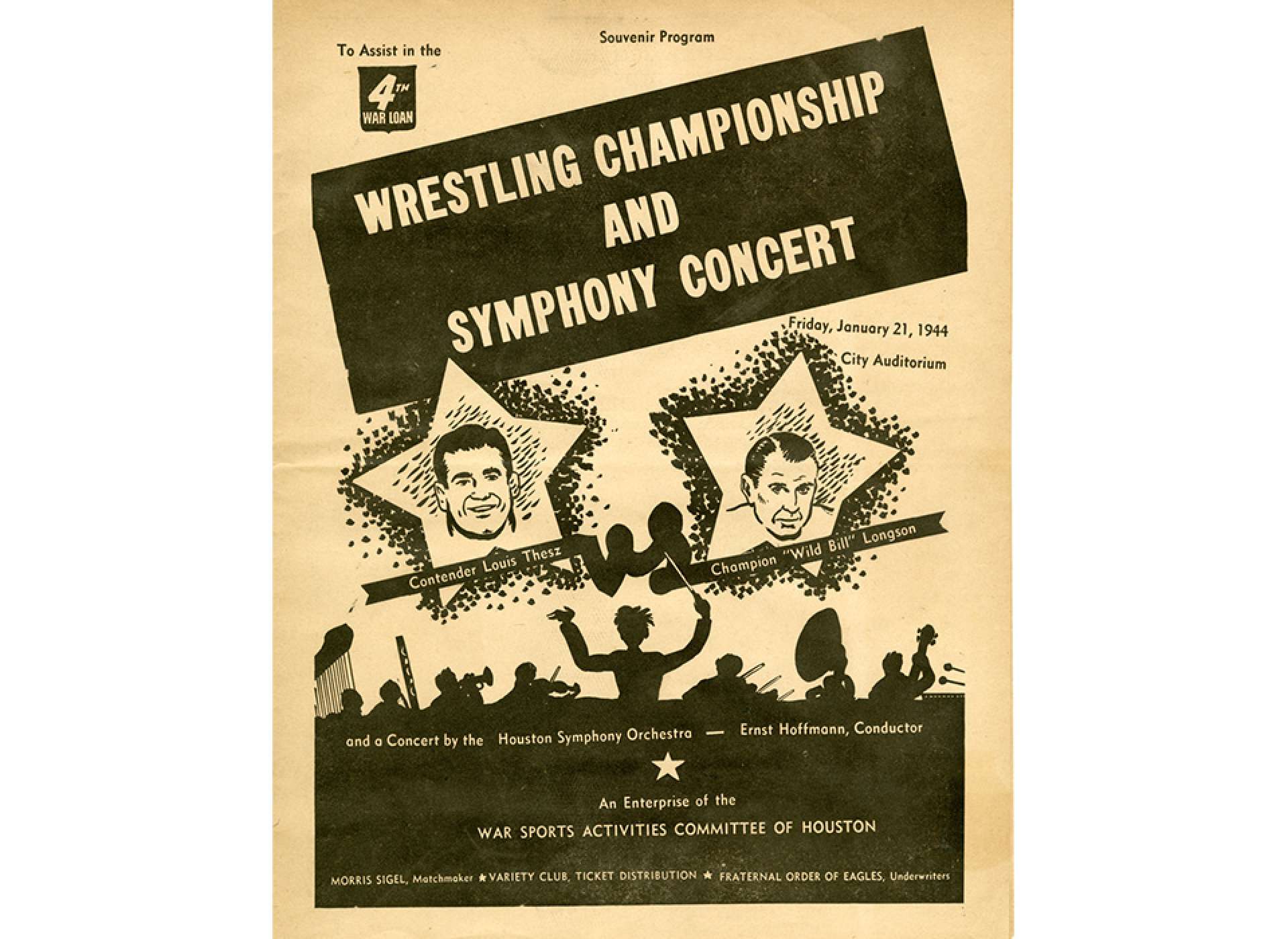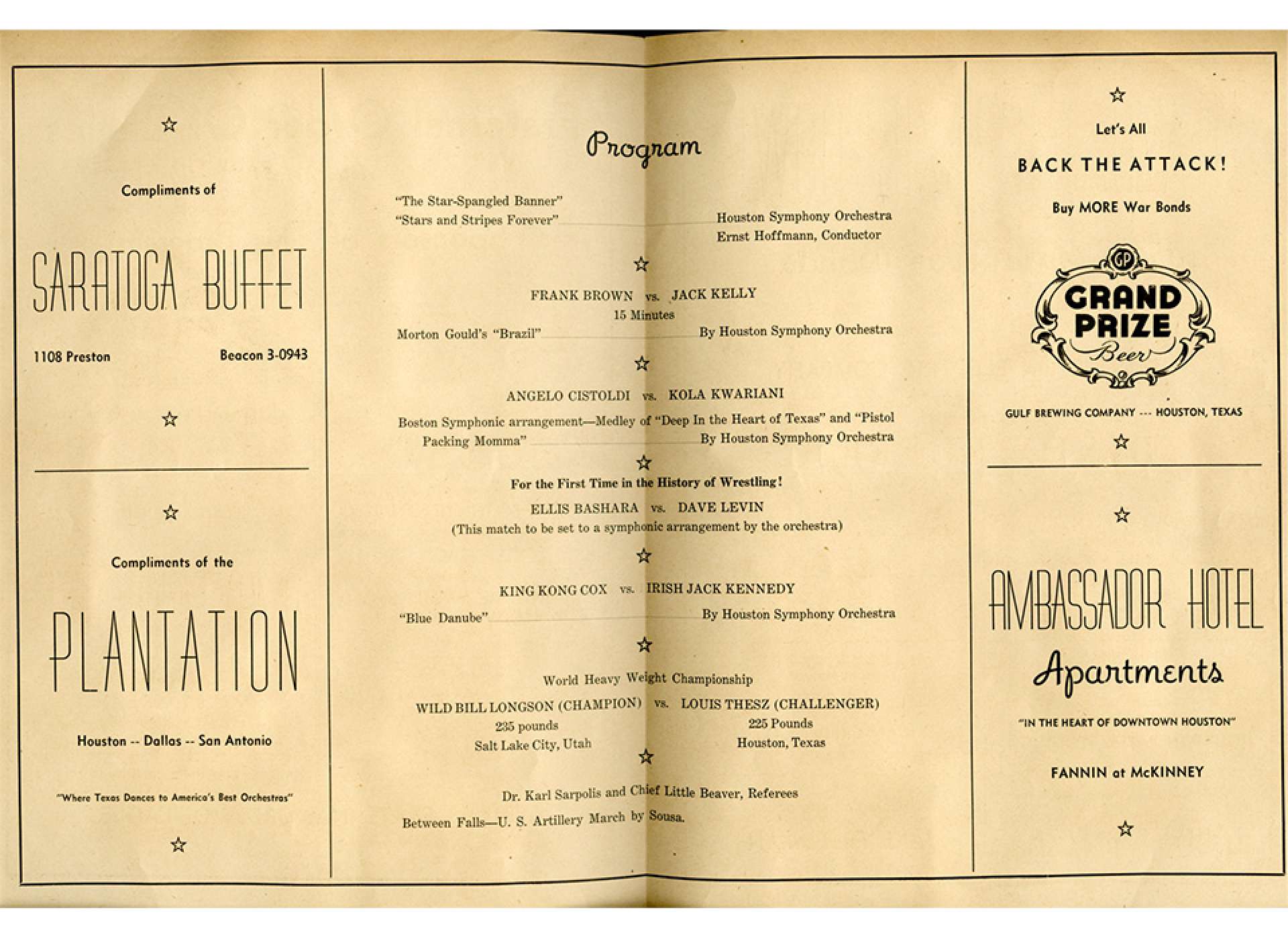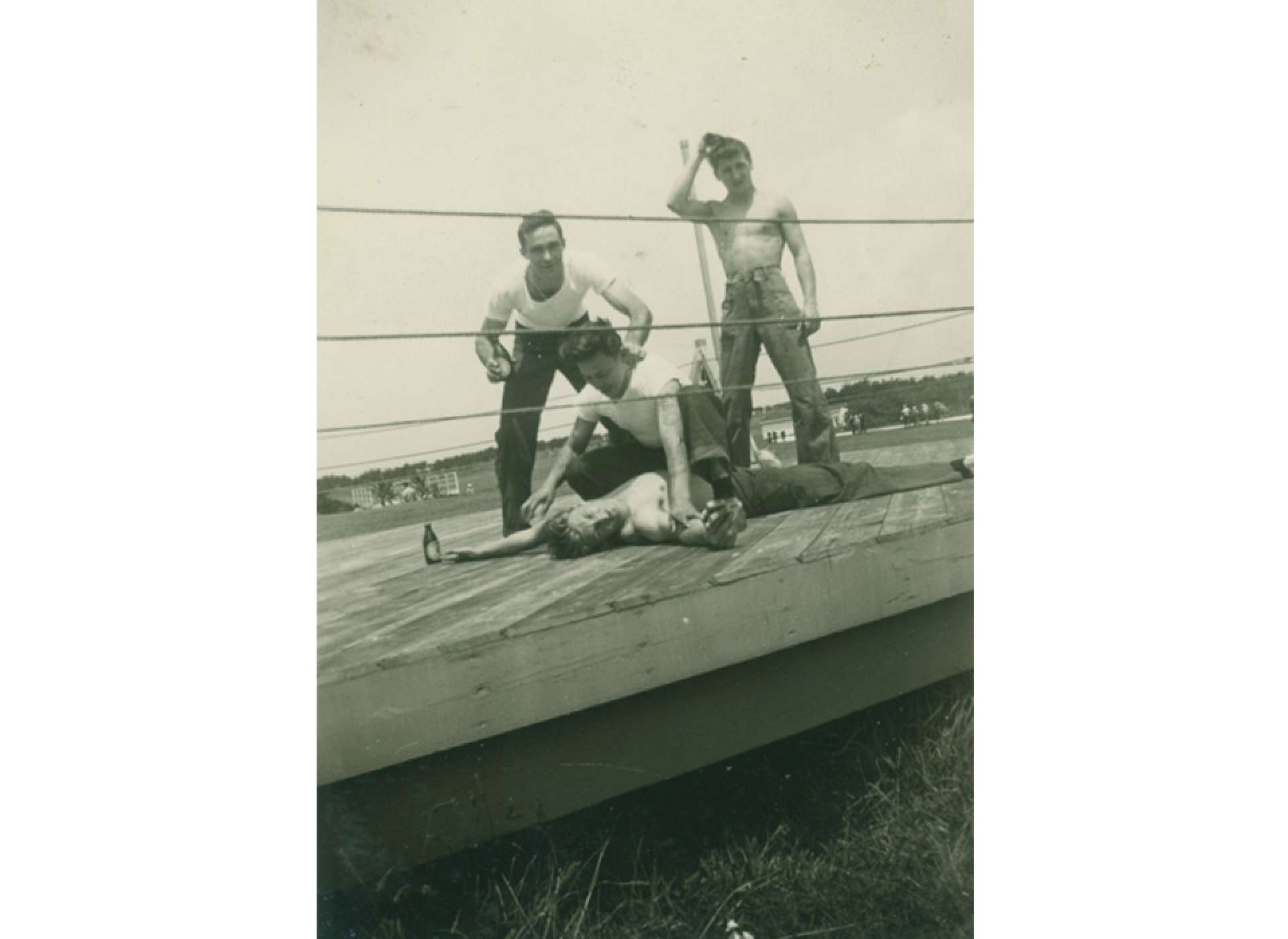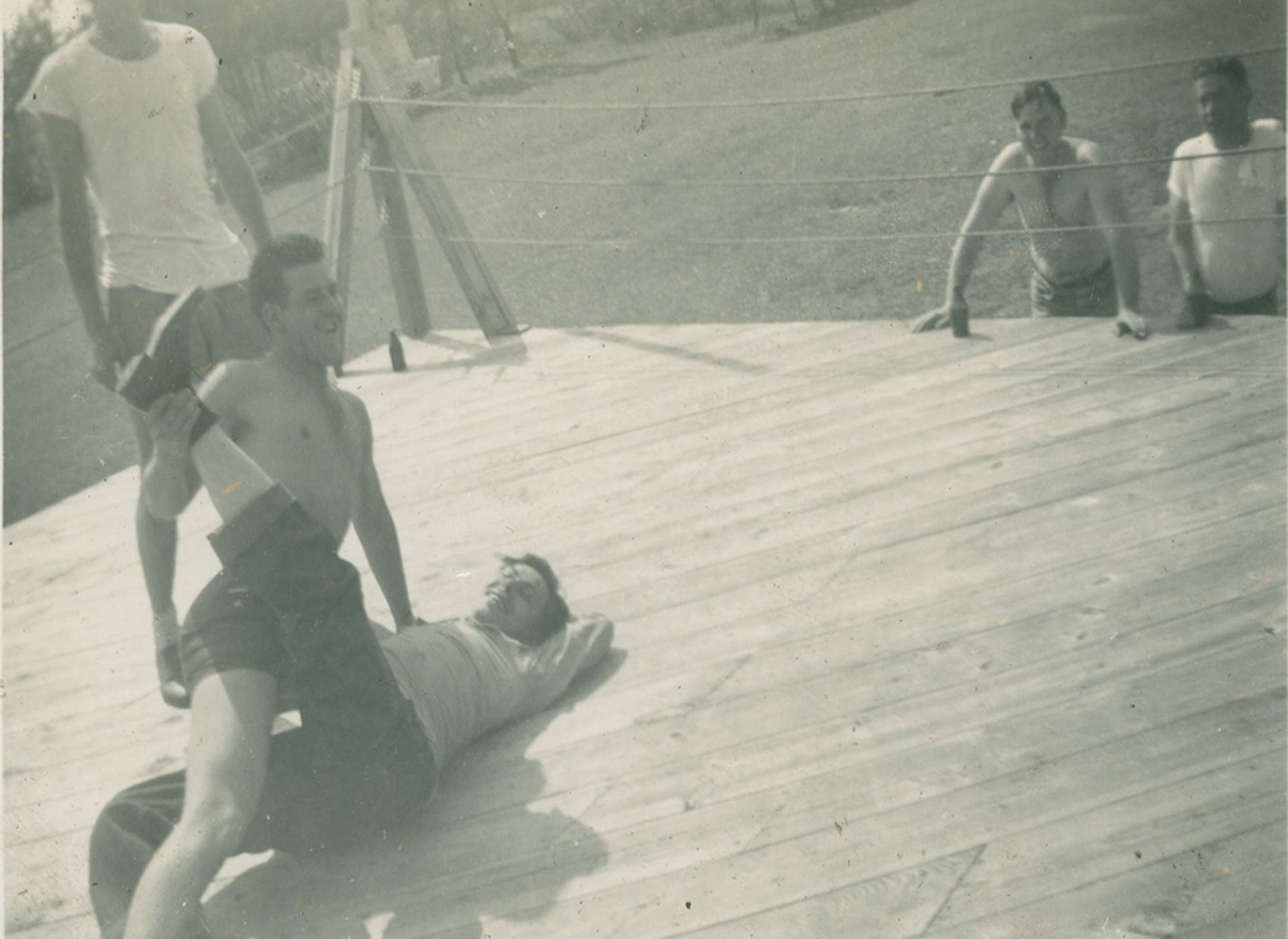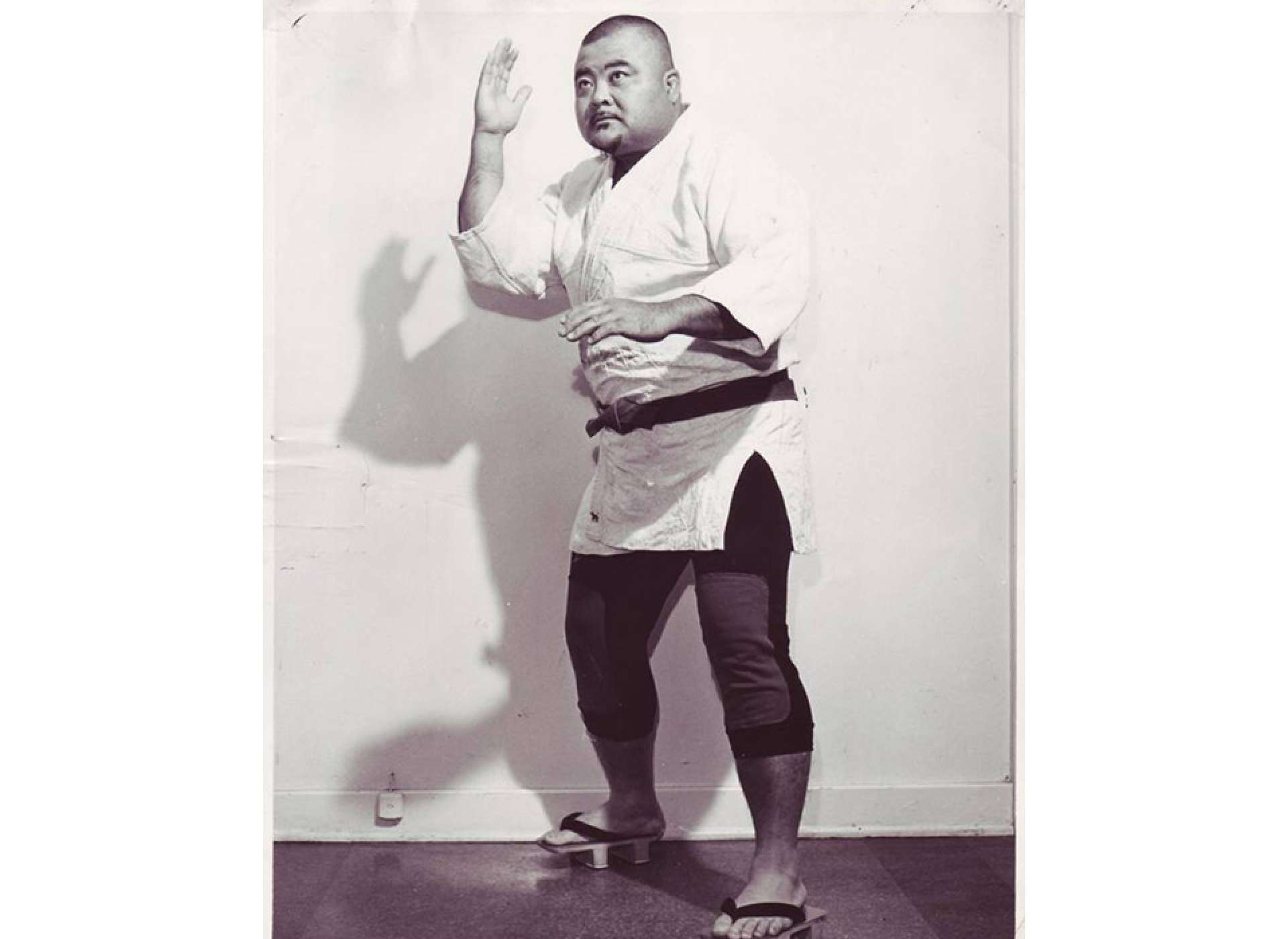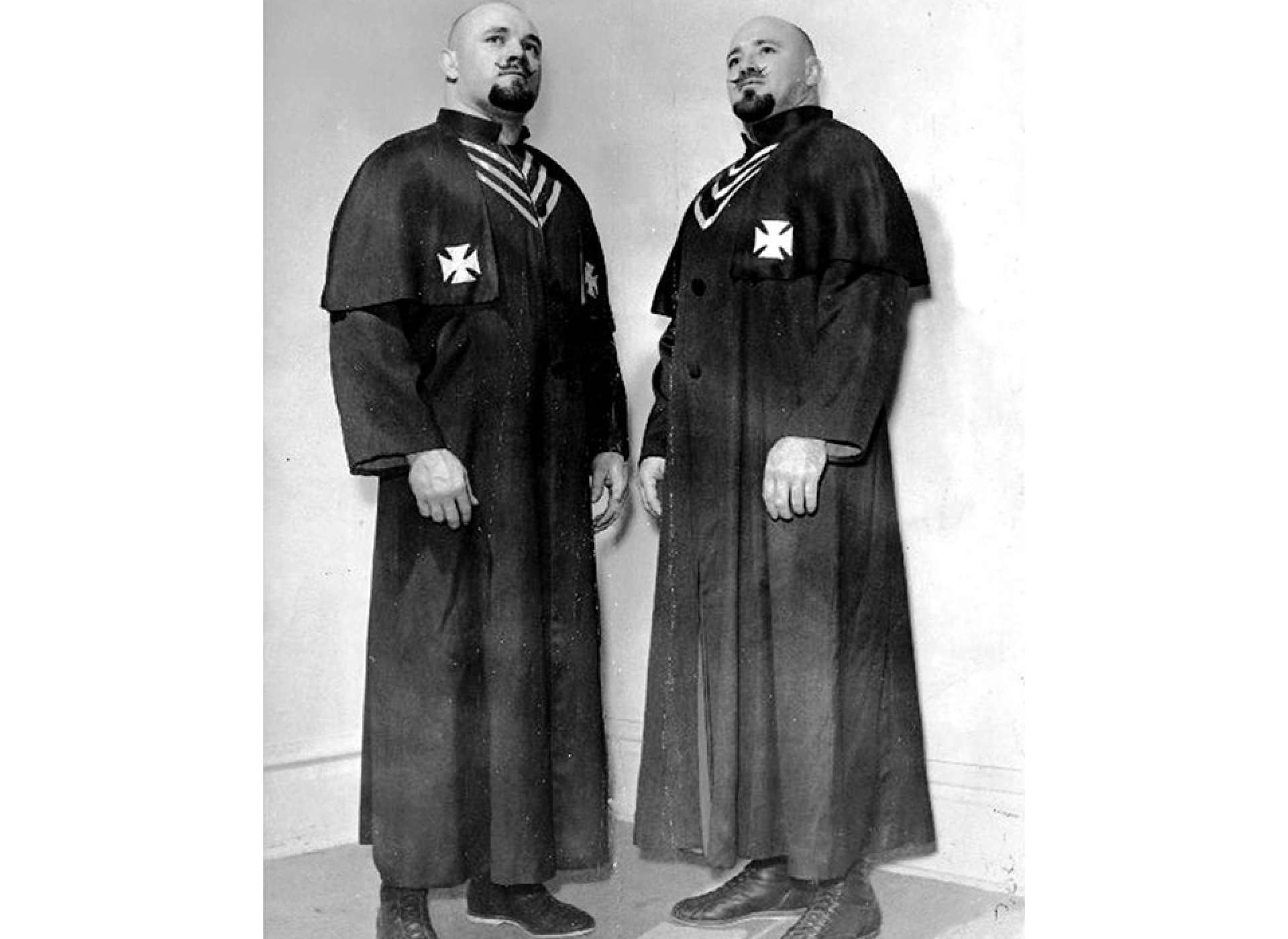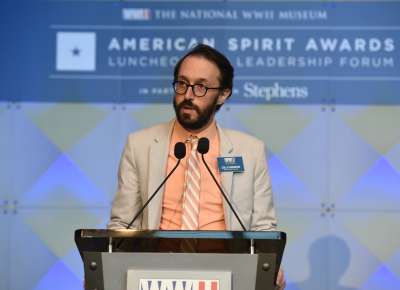Though the in-ring action by the time of the 1940s was largely predetermined, the contributions of professional wrestling and wrestlers during World War II were very real. Wrestlers in the United States toured and starred at large war bond rallies. Others were hired by the armed forces to provide instruction in hand-to-hand combat, while other future mat legends were serving on the front lines around the world. Whether “heels” or “babyfaces,” many of the most famous wrestling superstars of the 20th century first started out working for Uncle Sam. Enjoy this quick survey of the World War II squared-circle—just in time for WrestleMania!
Each branch of the American armed forces had its own ideas about physical conditioning and hand-to-hand combat. However, the fighting techniques most closely resembling those of professional wrestling was the style adopted by the Army and Army Air Corps. As such, it is not surprising that many wrestlers were sought out as instructors and trainers. New volunteers and draftees might be given the 1943 Wrestling Guidebook prepared by the Training Division of the Bureau of Aeronautic of the US Navy, where inside demonstrations could be found of a mixture of amateur and Greco-Roman style holds along with some moves that one still sees in the professional wrestling ring today. After thumbing through the pages, recruits might then meet their instructors, such as future Hall of Famer Verne Gagne, “Man Mountain” Dean, or Lou Thesz, who would not wrestle his final match until 1990 at age 74. The hand-to-hand combat assignments were the plum gig that wrestlers could land, as it required wrestlers to stay in shape, and also allowed time to wrestle exhibition matches while not actively instructing.
-

1943 Wrestling Guidebook, Training Division of the Bureau of Aeronautic of the US Navy. Courtesy of The National WWII Museum.
-

1943 Wrestling Guidebook, Training Division of the Bureau of Aeronautic of the US Navy. Courtesy of The National WWII Museum.
-

Lou Thesz leading hand-to-hand combat instruction. Courtesy of The National WWII Museum.
-

"Man Mountain" Dean leads hand-to-hand combat instruction.
-

Verne Gagne in the early 1950s. Courtesy of The New York Times.
Wrestlers who would find fame after the war also found themselves serving both at home and abroad. Worried about his family’s German heritage and that he might be thought unpatriotic, Frederick Kenneth Blassie, later to become known as the outrageous heel competitor and manager “Classy” Freddie Blassie, enlisted in the Navy where he served for 42 months in the Pacific. Blassie's famous over-the-top interviews went on to inspire a fellow Kentucky resident who grew up watching him, Cassius Clay, who later became heavyweight boxing champion Muhammed Ali.
The man who go on to found the most influential post-war wrestling umbrella organization, the NWA or National Wrestling Alliance, Sam Muchnick from St. Louis served for three years in the Army Air Corps. Milwaukee’s Reginald ‘Crusher’ Lisowski—who boasted that he maintained his physique by unloading kegs of beer and beating up unruly bar patrons—served in the Army.
Perhaps the most decorated American wrestler was Brooklyn native Paul Boesch, who left wrestling to enlist in the Army, where he earned a Purple Heart, Silver Star and cluster, Bronze Star and cluster, and French Croix de Guerre for actions at the Battle of the Hurtgen Forest while serving with the 121st Infantry Regiment. Boesch authored a memoir about his experiences, Road to Huertgen: Forest in Hell, and led the Houston Wrestling promotion until 1987.
Even the man whose son continues to this day to dominate the sport of wrestling, Vincent McMahon Sr., served in the Coast Guard.
As seen in other sports such as baseball, due to the manpower drain put on by the draft wrestling promoters during World War II were faced with the dilemma of going out of business or finding alternative talent. Most opted for the latter, incorporating for the first time large numbers of female wrestling competitors. Given the nature of the times and the often scant costumes worn by the performers, female wrestling proved hugely successful. Two of the names that dominated during the war were Mildred Burke and Mae Young. Young who was still performing in-ring in the early 2000’s before her death in 2014.
-

Mildred Burke as Women's World Champion. The National WWII Museum.
-

Fred Blassie in the early 1960s. Courtesy of Olympic Auditorium Wrestling News.
-

Reginald "Crusher" Lisowski. Courtesy of the Milwaukee Journal-Sentinel.
-

Paul Boesch in the early 1950s. Courtesy of The Ring Newspaper and Magazine.
-

Sam Muchnick in World War II. Courtesy of the St. Louis Wrestling Club.
Pro wrestlers in the 1940s were some of the most visible and popular stars of the day and, as such, pro wrestling itself was often leveraged to serve the war effort on the Home Front as the featured attraction at fund raising or war bond drives. One of the men mentioned before, Lou Thesz, and the legendary heel champion “Wild” Bill Longson, took time off from their training regimens to marquee at the Fourth War Loan Drive in Houston Texas on Friday, January 21, 1944. The event was a great mixture of “high” and “low” culture, being presented as both a wrestling bout and concert performance by the Houston Symphony Orchestra. The crowd purchased over $7,135,000 worth of war bonds. The match between Thesz and Longson, the champion at the time, was allowed to go to a time limit draw.
-

Souvenir ticket-stub from January 21, 1944 Houston War Bond drive featuring Lou Thesz vs "Wild" Bill Longson.
-

Program from January 21, 1944 Houston War Bond drive featuring Lou Thesz vs "Wild" Bill Longson.
Finally, from the Museum’s own Collection we often see servicemen enjoying wrestling for what it was then and is now: entertainment. Here we see Stephan George Hioteles, an Aviation Metalsmith stationed at the Naval Air Station in Bermuda, horsing around with some buddies in a ring in a candid shot; Hioteles even going so far as to hook the leg with his lateral press. Another shot perhaps even better illustrates the prevailing attitude towards wrestling as entertainment, with the prone man desperately clutching two packs of cigarettes.
-

George Hioteles, Aviation Metalsmith, wrestling with friends at Naval Air Station Bermuda. The National WWII Museum.
-

George Hioteles, Aviation Metalsmith, wrestling with friends at Naval Air Station Bermuda. The National WWII Museum
As for the war’s most visual impact, in the post-war environment there was a mass explosion of evil Axis Powers themed heels. These were guaranteed to play on the fears, hatred, and racial stereotypes of World War II. Whether it was Hawaii native Harold Watanabe transforming himself into Tojo Yamamoto hitting “babyface” wrestlers with his wooden sandals or Waldo Von Erich, Hans Schmitt, or the Von Brauners coming to the ring in full-on Nazi storm-trooper regalia, the influence of the war was undeniable.
-

Hawaii native Harold Watanabe asTojo Yamamoto, early 1960s. Courtesy of The Ring Newspaper and Magazine.
-

The villainous Von Brauners, early 1960s. Courtesy of The Ring Newspaper and Magazine.
Like sports, film or really every corner of American popular culture, pro wrestling made its contributions to the American war effort. To take a more in-depth look at professional wrestling during World War II, check out a 2018 lunchbox lecture on The Art of Grunt and Groan: Pro Wrestling in World War II.
Collin Makamson
Collin Makamson is the former Assistant Director of Education for Curriculum at The National WWII Museum.
Cite this article:
MLA Citation:
APA Citation:
Chicago Style Citation:
